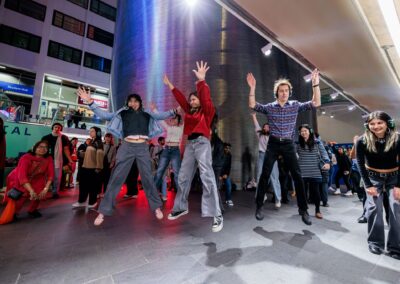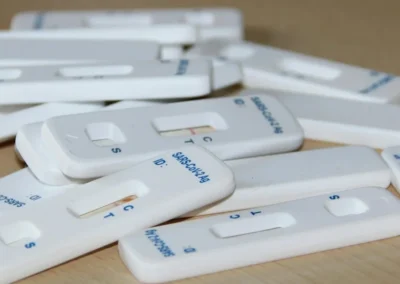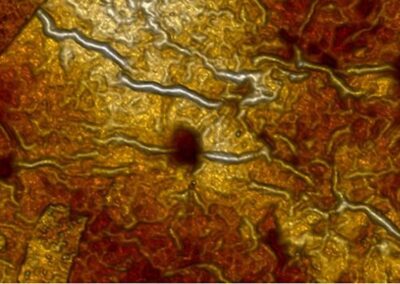Since the discovery of ferroelectricity 100 years ago, ferroelectric materials have made their way into numerous applications that exploit their superior dielectric properties, their ability to deform under applied electric field, their sensitivity to mechanical stress and temperature, and their defining property—the spontaneous and electrically switchable polarization. As devices keep shrinking and the ferroelectric components get smaller, there is a growing need for a better understanding of ferroelectricity at ever-smaller dimensions and in more complex geometries. At the nanoscale, ferroelectrics are strongly influenced by the mechanical and electrical boundary conditions, which give rise to intricate polarization patterns and unusual phenomena that could pave the way to more power efficient transistors. At the same time, there is a strong interest in ferroelectricity in non-planar structures, motivated by the drive to integrate ferroelectrics into 3-dimensional device architectures that would increase the storage density of non-volatile memories.
Writing in the journal Advanced Materials, an international team of scientists, including researchers at the LCN, UCL’s departments of Physics and Astronomy and Chemistry, and colleagues in the UK, France, Sweden, Switzerland, Ireland and the Netherlands, investigates how the competing effects of electrostatic and mechanical forces in nanoscale ferroelectric membranes lead to the appearance of complex nanoscale polarization patterns (or domain structures) and a spontaneous bending of the material, allowing the team to study the behavior of ferroelectric domains in curved geometries.
By sequentially depositing alternating layers of ferroelectric and non-ferroelectric oxides, each only a few nanometers thick, the researchers have created an ultrathin, artificially layered crystal or “superlattice”. By releasing the superlattice from its underlying support, the researchers could alter the balance between the electrostatic and mechanical interactions between the constituent layers, casing the released membrane to roll up into a microscopic tube. Using an arsenal of advanced characterization techniques such as X-ray nanodiffraction imaging, Raman scattering and atomic-force and transmission-electron microscopies, the team was able to image the complex nanoscale domain patterns in these curved nanoscale crystals, observe how they change throughout the thickness of the tube, and reveal how they evolve when the tube was mechanical deformed.
Such superlattices, where the electrostatic and elastic interactions can be tuned through careful choice of constituent materials and their thicknesses, are not only an excellent model system for studying nanoscale ferroelectricity in unusual geometries, but also offer exciting possibilities for designing flexible, adaptive materials with bespoke curvatures and enhanced dielectric and electromechanical properties.



